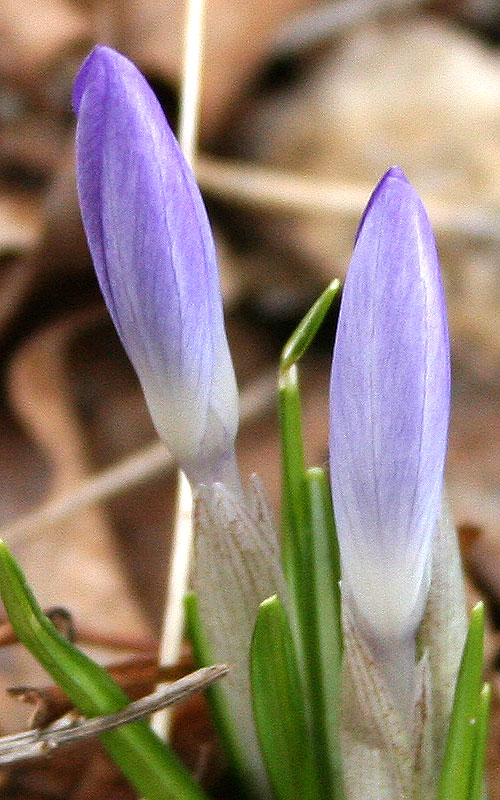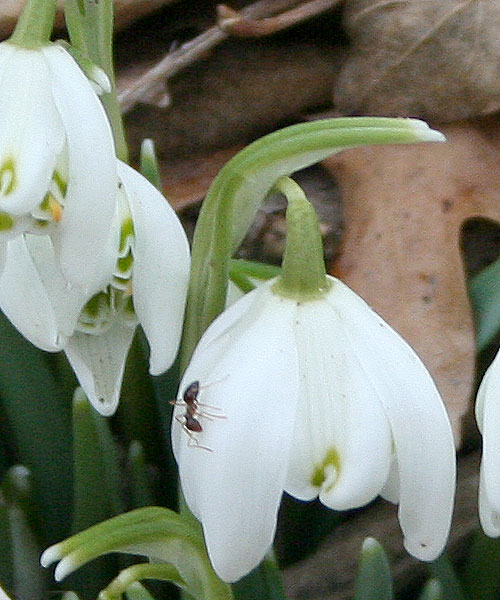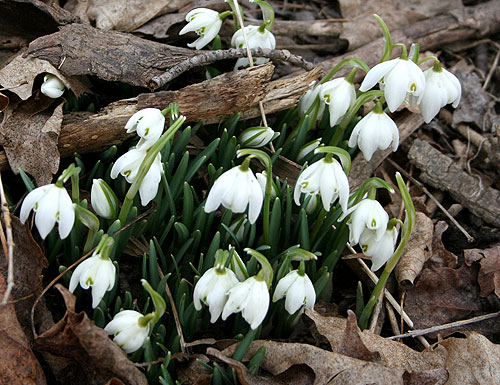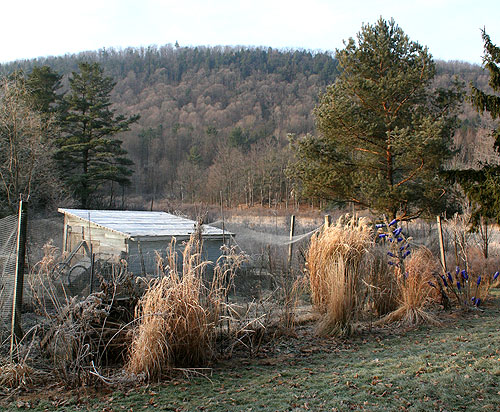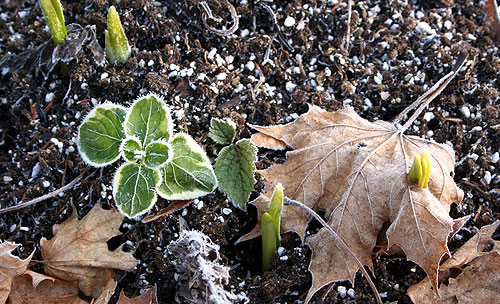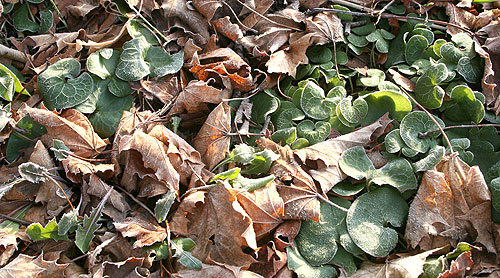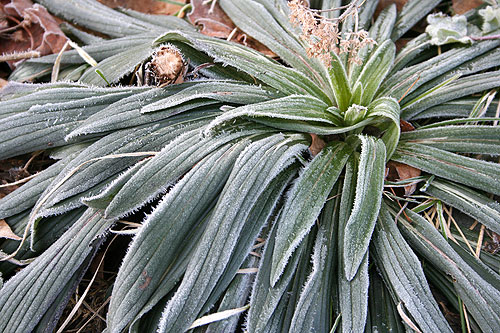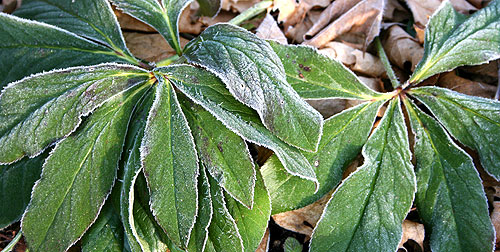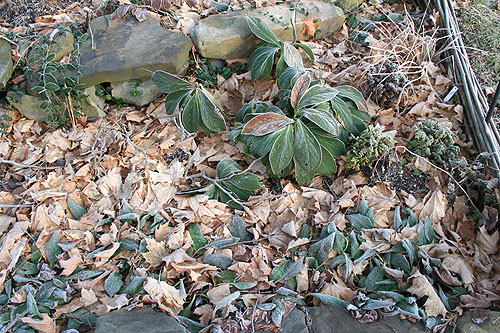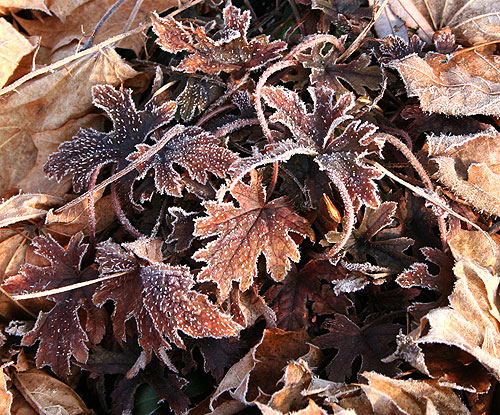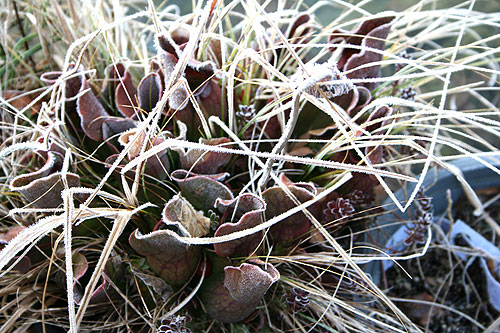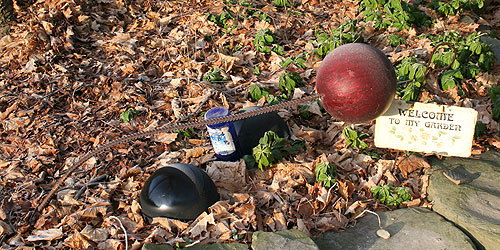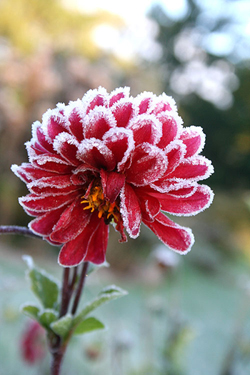A few years ago, I attended a lecture by Felder Rushing, who is neck-and-neck with Piet Oudolf in the race for most influential gardener in my life.
At the beginning of his presentation, Felder wanted to point out that not only were we crazy plant people, but we were strange even by standards of gardeners in general. He asked for a show of hands to a series of questions starting with, How many of you grow more than a dozen varieties of a single species of plants? More than half gardeners in attendence raised thier hands
The question that really got me was, How many of you have ever given a tour of your garden by flashlight?
Well, honestly I haven’t. But I wouldn’t hesitate to.
If I wanted to do my usual bloom-day scans, I would have had to use a flashlight because light is pretty scarce around here before and after work. Bloom day scans will have to wait for the weekend.
Meanwhile, I’ve had a bunch frosty and fall-color pix collecting here over the past couple of weeks. So instead of scans, here’s a chance for my usual pix purge.
Really hard frost (~19 F) last Sunday:

Sunrise has hit the far ridge, but hasn’t hit the garden yet.

Frost patterns in the miscanthus.

Frozen monard dots. (Thanks Piet.)
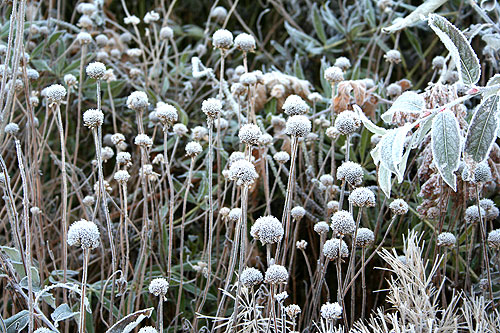
Jade and the plants soak in the sun as it burns off the frost.

Beads of water after the sun melts the frost.

Morning sun on Solomon’s seal (Polygonatum)
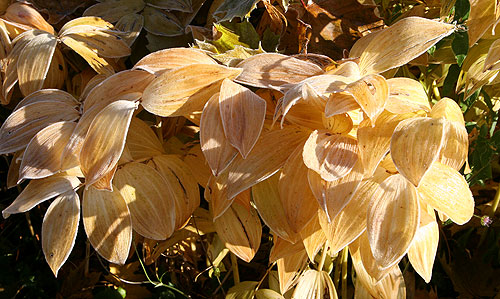
Miscanthus floridulus flowered this year, at least 12 feet tall.
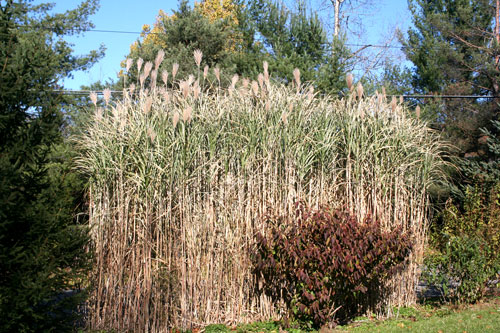
At Cornell, ‘We grow the Ivy.’ It turns red in the fall.
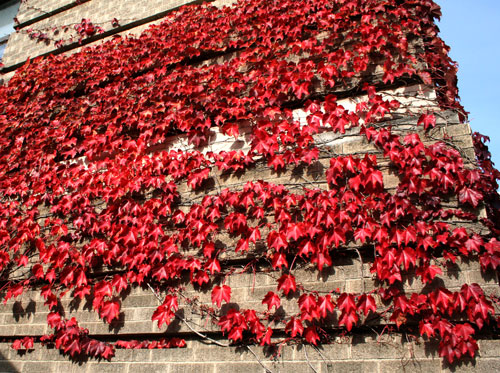
Scans this weekend, if I can find some time…

